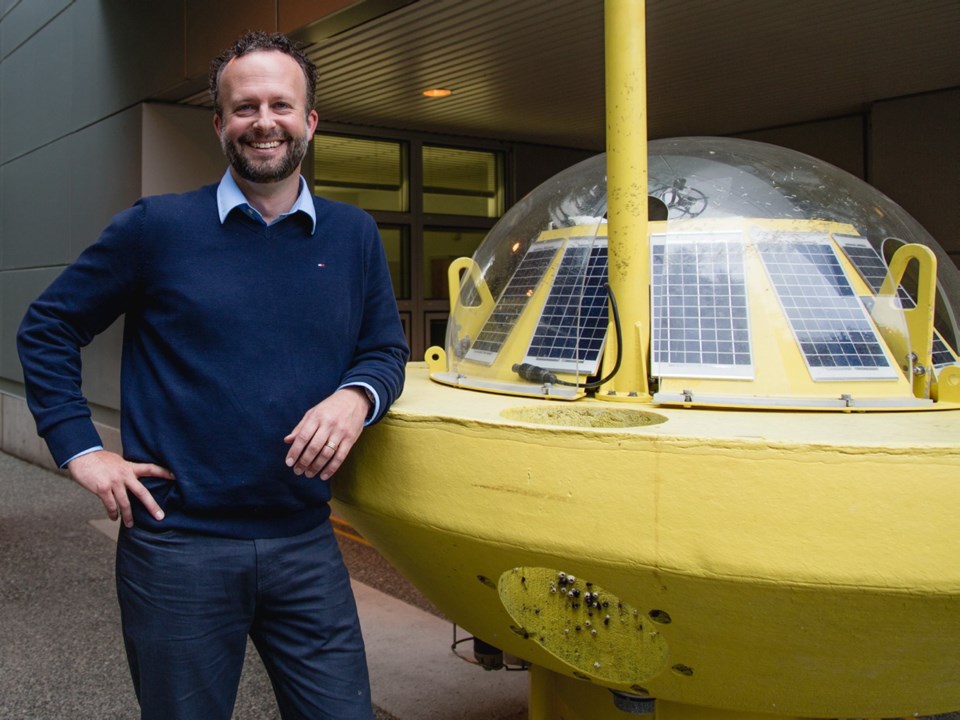A $2.4-million investment into researching renewable energy for coastal communities and in ships whose engines will emit less greenhouse gases was announced at the University of Victoria on Thursday.
The federal government will contribute $1.4 million to kickstart the Pacific Regional Institute for Marine Energy Discovery, a new initiative to develop renewable energy sources for remote coastal communities, many of which now rely on diesel generators for electricity.
A $1-million investment by the charitable Dennis and Phyllis Washington Foundation and Seaspan Shipyards will support a green transportation research team led by mechanical engineer Zuomin Dong working with UVic’s Institute for Integrated Energy Systems. The team will research hybrid electric technologies that enable cleaner, lower- cost fuel alternatives for ships and large vehicles.
The announcement was made by Jonathan Wilkinson, MP for North Vancouver and parliamentary secretary to the minister of the environment and climate change.
The Pacific Regional Institute for Marine Energy Discovery at UVic will be led by mechanical engineer Brad Buckham and will help develop and commercialize wind, wave and tidal energy technologies.
Buckham said the promise of wave and tidal energy is well known. The average wave along the B.C. coast is delivered with 30 kilowatts of energy.
“That’s the power capacity equivalent of 15 homes, each with two teenagers simultaneously microwaving snacks, charging their phones, watching TV, listening to the stereo, Snapchatting their friends and running the showers on high,” he said.
Powering up B.C. coastal communities with wave or tidal power is probably years away, Buckham said.
Nobody has stepped forward with the money and willingness to risk it on a move likely to endure costly growing pains.
But those risks and growing pains can be foreseen, managed and better mitigated with good knowledge of how much, when and where the ocean waves and tides deliver their energy, he said. That way the best energy-capture technologies can be deployed in the best places.
It’s that knowledge of the ocean waves and how they act year round over the long term that will be worked out with research at UVic.
“Right now, we are just not accustomed to putting devices in the ocean to measure wave activity for two years to get a bead on what the energy resource is doing and where it’s coming from,” Buckham said.
“That’s the gap we are trying to fill.”



